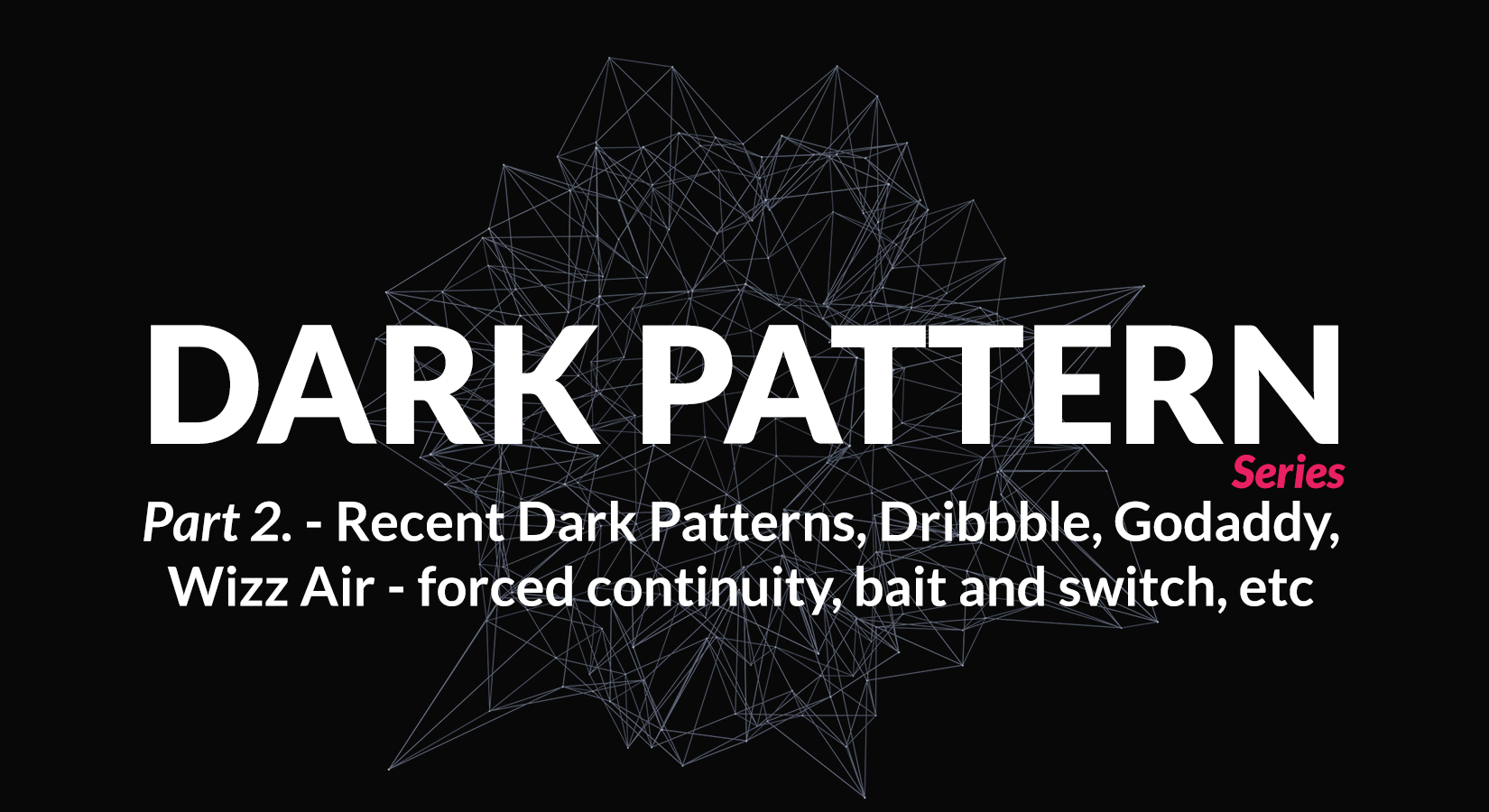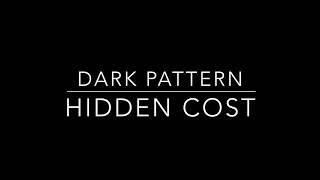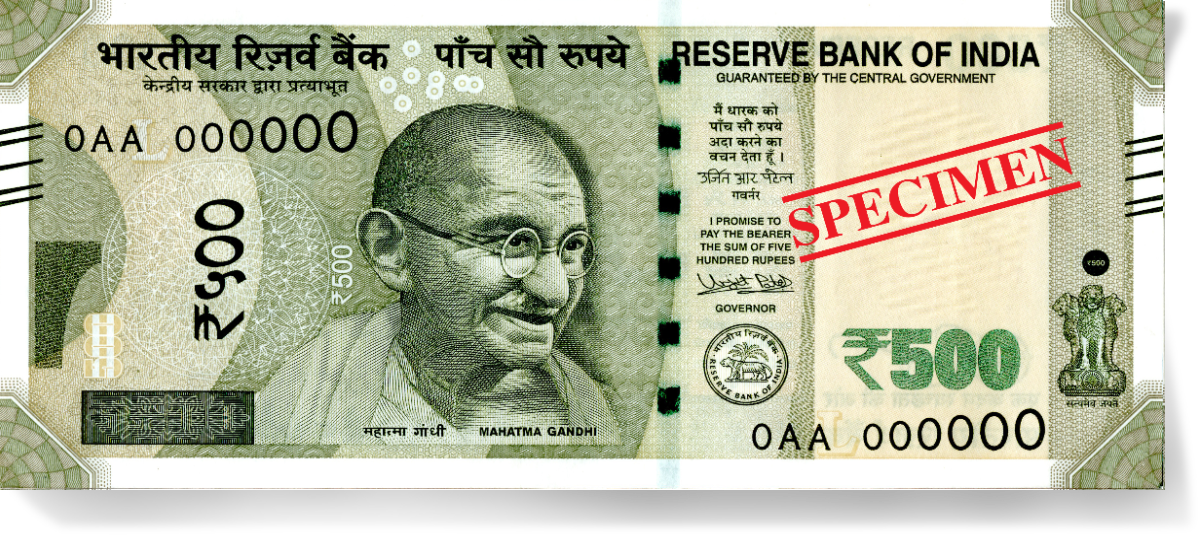Big Trends In Dark Patterns “Spot Avoid & Harming Your Digital Experience”
Dark Patterns: Unethical or Fraud Design Choices
Dark patterns are unethical design choices that trick users into taking actions they would not otherwise take, often at their expense. Dark patterns can be found in a variety of digital products and services, including websites, apps, and games.
Why do designers use dark patterns?
There are a few reasons why designers might use dark patterns. One reason is to increase profits. By tricking users into making unwanted choices, designers can increase sales, subscriptions, and other revenue streams. Another reason is to collect more data about users. Dark patterns can be used to collect personal information, track user behavior, and target users with advertising.
What are some common dark patterns?
Different types of dark patterns. Here are a few common examples:
- Hidden fees: This is when a company hides the full cost of a product or service until the checkout process. For example, a website might advertise a $10 product, but then add on hidden shipping and handling fees at checkout.
- Bait and switch: This is when a company advertises one product or service, but then sells the user something different. For example, a website might advertise a free trial of a software program, but then require users to pay for a subscription in order to continue using the program after the trial period ends.
- Forced continuity: This is when a company automatically renews a user's subscription without their permission. For example, a streaming service might automatically renew a user's subscription at the end of the month, even if the user has canceled their subscription.
- Fear of missing out (FOMO): This is when a company uses social pressure to trick users into taking a certain action. For example, a website might display a message that says "Only 10 spots left!" or "This offer expires in 1 hour!" This can create a sense of urgency and pressure users into signing up for something they don't really want.
- Misleading design: This is when a company uses design elements to trick users into taking a certain action. For example, a website might use a button that says "Submit" to actually sign the user up for a subscription.
How can you protect yourself from dark patterns?
Few things you can do to protect yourself from dark patterns:
- Be aware of the signs: The more you know about dark patterns, the less likely you are to fall victim to them. Be on the lookout for hidden fees, bait and switch tactics, forced continuity, and other dark patterns.
- Read the fine print: Before you sign up for anything, be sure to read the terms of service and privacy policy carefully. This will help you understand what you are agreeing to and how your data will be used.
- Use a password manager: A password manager can help you keep track of your passwords and make it more difficult for companies to sign you up for unwanted subscriptions.
- Use ad blockers: Ad blockers can help to prevent companies from tracking your browsing activity and targeting you with advertising.
- Be careful what information you share: Be careful about what personal information you share online. Only give out the information you absolutely need and be aware of how it will be used.
If you think you have been the victim of a dark pattern, you can report it to the relevant authorities. For example, in the United States, you can report dark patterns to the Federal Trade Commission (FTC).
End of Conclusion
Dark patterns are a serious problem that can have negative consequences for users. By being aware of the signs and taking steps to protect yourself, you can avoid falling victim to dark patterns.
Dark patterns are unethical design choices that trick users into taking actions they would not otherwise take, often at their expense. Dark patterns can be found in a variety of digital products and services, including websites, apps, and games.
Designers use dark patterns for a variety of reasons, including to increase profits, collect more data about users, and reduce customer churn. However, dark patterns are harmful to users and can damage trust between businesses and customers.
There are a number of things that can be done to address dark patterns, including raising awareness, developing regulations, and designing for good. By taking these steps, we can create a more ethical and user-friendly digital world.
Actions that users can take to protect themselves from dark patterns:
- Be aware of the signs of dark patterns, such as hidden fees, bait and switch tactics, forced continuity, and fear of missing out.
- Read the fine print before signing up for anything, especially the terms of service and privacy policy.
- Use a password manager to make it more difficult for companies to sign you up for unwanted subscriptions.
- Use ad blockers to prevent companies from tracking your browsing activity and targeting you with advertising.
- Be careful what personal information you share online. Only give out the information you absolutely need and be aware of how it will be used.
If you think you have been the victim of a dark pattern, you can report it to the relevant authorities.
It is important to note that dark patterns are a complex issue and there is no single solution. However, by raising awareness and taking steps to protect ourselves, we can make a difference.
Writer
Devraj Gorai


























